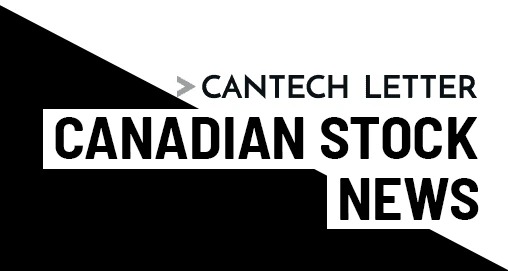
A Portfolio Investment Entity (PIE) is a tax structure used in New Zealand to encourage savings and investment. It provides tax advantages for individuals and certain entities who invest in different types of financial products, such as managed funds, unit trusts, and KiwiSaver accounts (a government-supported retirement savings scheme in New Zealand). The primary purpose of PIEs is to simplify the taxation of investment income and promote long-term savings.
Here’s a bit more detail about PIEs:
Taxation: One of the main benefits of a PIE is that it offers a concessional tax rate on investment income, which can be significantly lower than an individual’s marginal tax rate. This encourages people to save and invest by making the returns on their investments more tax-efficient.
Individual Tax Rates: PIEs offer a tiered tax structure based on an individual’s Prescribed Investor Rate (PIR). PIR is determined by an individual’s income and is used to calculate the tax rate applied to their investment income within the PIE. The tax rates are lower than standard income tax rates, especially for lower-income individuals.
Simplicity: One of the key features of PIEs is their simplicity. Investors are not required to file tax returns for their investment income within the PIE. Instead, the tax is deducted by the PIE itself and paid directly to the New Zealand Inland Revenue Department.
Variety of Investments: PIEs can hold a variety of investments, including stocks, bonds, cash, and other financial products. This diversification allows investors to tailor their portfolios to their risk tolerance and investment goals.
KiwiSaver Accounts: KiwiSaver is a popular retirement savings scheme in New Zealand, and many KiwiSaver funds are structured as PIEs. This means that the tax benefits of PIEs also extend to individuals saving for retirement through KiwiSaver.
Non-Resident Investors: Non-resident investors can also benefit from PIE tax rates, which might be advantageous for those living in New Zealand temporarily or those who are New Zealand citizens living abroad.
It’s important to note that the specifics of PIEs and their tax treatment can vary, and the rules might change over time. If you’re considering investing in a PIE or have questions about its tax implications, it’s recommended to consult a financial advisor or tax professional familiar with New Zealand’s tax laws and regulations.
Does Canada have PIEs?
In Canada, there isn’t a specific investment vehicle referred to as a “Portfolio Investment Entity” (PIE) like there is in New Zealand. However, Canada does have various investment structures and accounts that offer tax advantages and encourage saving and investing. Here are some key investment options and accounts in Canada:
1. Registered Retirement Savings Plan (RRSP): An RRSP is a tax-advantaged account designed to help Canadians save for retirement. Contributions to an RRSP are tax-deductible, and any investment growth within the account is tax-deferred until withdrawals are made in retirement. RRSPs offer a wide range of investment options, including stocks, bonds, mutual funds, and more.
2. Tax-Free Savings Account (TFSA): A TFSA is a versatile account that allows Canadians to save and invest money tax-free. Contributions are not tax-deductible, but any earnings, dividends, or capital gains generated within the account are not taxed, even upon withdrawal. TFSAs can hold a variety of investments, including stocks, bonds, ETFs, and more.
3. Registered Education Savings Plan (RESP): RESPs are designed to help parents save for their children’s education. Contributions to an RESP are not tax-deductible, but the investment growth is tax-deferred. Additionally, the government provides grants (like the Canada Education Savings Grant) to help boost savings within the plan.
4. Registered Retirement Income Fund (RRIF): A RRIF is used to convert the savings in an RRSP into retirement income. It allows retirees to withdraw a predetermined amount annually, and the withdrawals are taxable. RRIFs offer flexibility in investment options while providing a regular income stream during retirement.
5. Non-Registered Investment Accounts: These are standard investment accounts where there are no specific tax advantages like those found in RRSPs or TFSAs. However, they allow for greater flexibility in terms of investment choices and withdrawals. Investment income, such as dividends and capital gains, is taxed at the individual’s marginal tax rate.
6. Mutual Funds, ETFs, and Stocks: Canadians can invest in a wide range of financial instruments, including mutual funds, exchange-traded funds (ETFs), and individual stocks. These investments can be held within various account types, including RRSPs, TFSAs, and non-registered accounts.
7. Registered Disability Savings Plan (RDSP): The RDSP is designed to help individuals with disabilities save for the long term. It provides government grants and bonds to help accelerate savings growth. Contributions are not tax-deductible, but investment growth is tax-deferred.
While Canada doesn’t have an investment structure exactly equivalent to New Zealand’s PIE, the aforementioned accounts and investment options offer various tax advantages and incentives for Canadians to save and invest for their future goals, such as retirement, education, and more. It’s important to understand the specific tax implications and investment choices within these accounts, so consulting a financial advisor or tax professional is recommended.



 Share
Share Tweet
Tweet Share
Share




Comment